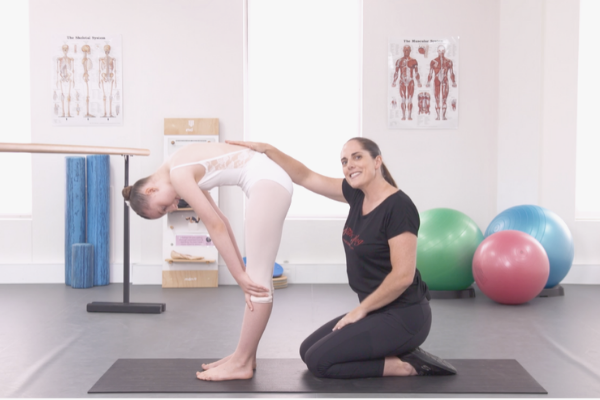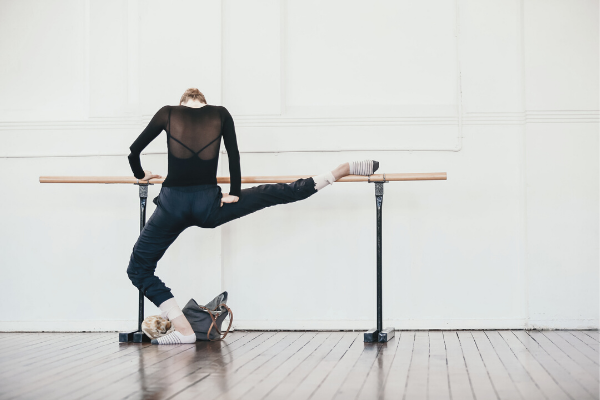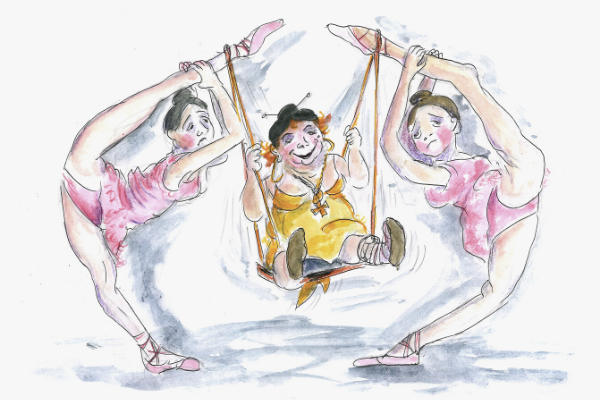- Free Articles
- Shop
- Workshops
- The Dance Educator Series
- Upcoming Workshops
- Workshop FAQ’s
- Host Application Form
- Student Workshop Application Form
- Dance Teacher & Health Professional Directory
- Workshop Testimonials
- Members Areas
- Cart
- My Account
Tightness Behind the Knee
Tightness behind the knee can be frustrating for a lot of students, especially for those who are not gifted with naturally beautiful lines for ballet. Often the tightness or tension that they feel can be attributed to neural or fascial tension located at different areas in the body. Finding release techniques for these areas greatly improves range within a short time and allows for the student or dancer to work with a new range of motion very quickly.
A good starting point is to test their flexibility in standing and in sitting. If the student can straighten the legs in standing but not in sitting then the restriction is most likely to be in the neural and fascial structures. This will respond best to deep releases of the Piriformis muscle (deep in the back of the hip) as described on page 58 in the Front Splits Fast book. As the Piriformis lies directly over the Sciatic nerve tension in it can restrict the sliding of the nerves when tension is present.
You should also work on the deep calf massage on pages 72 and 73 of the program. Sometimes deep tension in the extrinsic foot muscles (especially if they claw their toes!) can hold onto the nerves from the other end and restrict the sliding in this position.
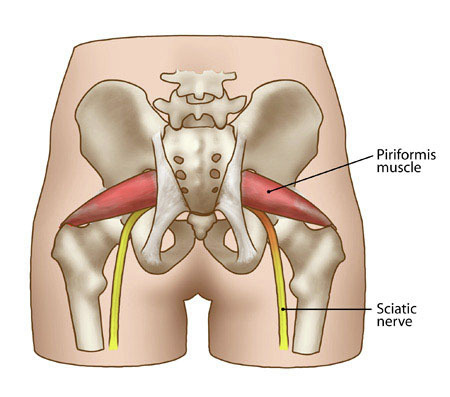
To sit in "long sitting" (with the legs extended and back straight) students should be able to do the "Waiter Bow" (in the Training Turnout program, core stability section) to at least 90 degrees, maintaining a neutral spine. If they can not do this due to neural tension / fascial tension / hamstring flexibility / deep back strength they will find it difficult to sit in long sitting. It is important to determine which one of these issues is the culprit and work on that specifically to improve the range in sitting.
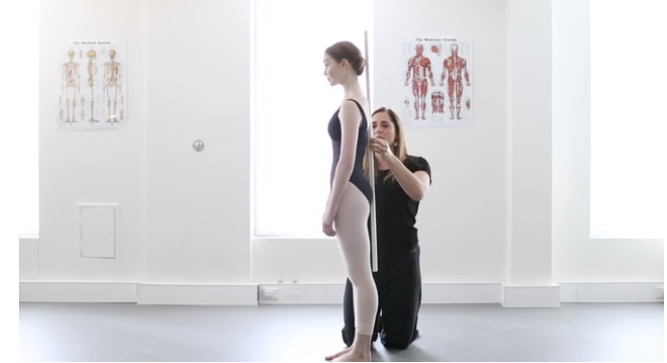
In regards to the question on the younger students starting the program; When we run our Front Splits Fast workshops, we take students 13 years and over, simply due to the amount of content to take in. However, when doing the program in smaller groups, or individually with appropriate supervision from a parent or a dance teacher it may be started with dancers as young as 10. A reduced number of gentle releases and stretches specific to the dancer’s needs would be appropriate to perform here. I have used elements from the program in students as young as 6 or 7 such as the Sub Occipital releases and deep calf releases if there is significant neural tension.
This video is a demonstration of the sub occipital release technique that helps alleviate built-up tension around the cervical spine region and shows the immediate effects on hamstring flexibility.
Flexibility Resources
If you are looking to delve deeper into this topic, check out the following programs:
- Front Splits Fast Program: This program translates therapeutic techniques for improving Fascial Mobility and Neural Tension into easy to do exercises that can enable instant changes in your flexibility without the risk of damage through over stretching.
- Level Two Online Flexibility Intensive: If you are a dance teacher, this is the perfect continued education course for you. During this course you will understand the multifactorial nature to flexibility training. You will also explore safe ways of assessing exactly where each individual is restricted in order to create the most effective program.
- Level Three Online Flexibility Intensive on 'How to Train Extreme Mobility Safely': This workshop will help you assess your students in detail and be able to offer them effective techniques in a logical clear order to get them on the way to achieving THEIR optimal flexibility. It is also for teachers who are concerned at the extreme positions young dancers are wanting to work into, as it gives you safe guidelines on how to guide their development.





